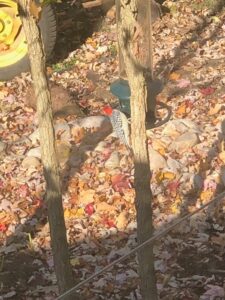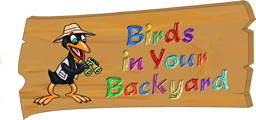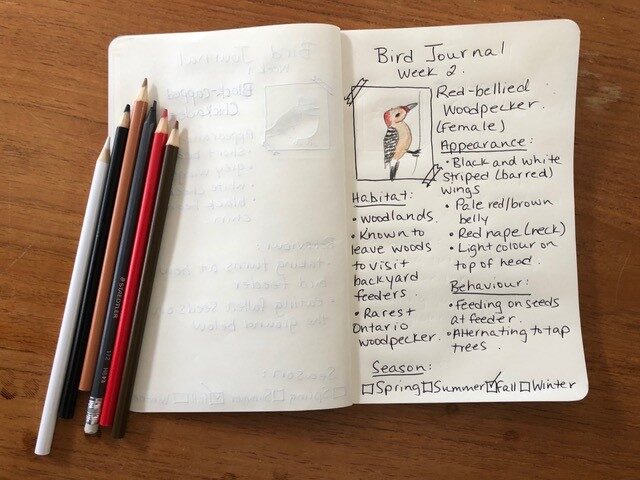Hello! Welcome back to the blog. Last week we started a bird journal so that we could collect our observations of birds in our backyard. I added a new bird to my journal this week. One that I saw at the feeder but couldn’t find in my bird book. It’s a bit less common to my area, so I was really excited to see it. I’ll tell you more about it later.
First, I wanted to talk about bird habitats. We’re talking about birds in our backyard, but what does that mean? I live in the country, which means that the ecosystem for birds is quite different than if I lived in a big city. By my house there are forests, fields and streams, which are home to different species of birds than might be found in other places. Have you noticed that different birds live in different places? Also, looking for birds in our backyard doesn’t just mean where our house is. We can imagine our back yard as any place we like to visit again and again; places in nature or in the city that feel familiar, kind of like our home away from home. Or places we are discovering that we’d like to learn more about. Think of the birds you see, where is their backyard? Are they just passing through during their migration? Or do they stay in the same place year-round?
I always think of this when I visit the beach. Habitats by the lakes are home to many different types of aquatic birds. Aquatic birds have different features adapted to living on or around bodies of water: features like big webbed feet, long flat beaks, and waterproof feathers help some birds to swim and dive into the water for food. A few examples of aquatic birds are seagulls, cormorants, swans and ducks. I won’t see a seagull at my backyard bird feeder but being by the lake is one of my favourite environments. If you want to see birds whose habitats are different than where you live then it’s important to be able to recognize your own unique environment, and the ecosystem that you are a part of.
In my rural ecosystem there are other animals which compete for food at my bird feeder. I learned that this week when all of the seeds disappeared from my feeder overnight. Who could have eaten so many seeds? I remembered that there are other animals getting ready for a long cold winter, where food is hard to find. Birds and animals prepare for winter in the fall by eating as much as they can and some hide food for later. This time, I think it was a raccoon who emptied out my feeder. Have you noticed anyone other than birds taking seeds from your feeder? Maybe a squirrel?

Red-bellied woodpecker at my feeder.
This week there was a special bird at my feeder. It was big! It had a bright red head, black wings with white spots and a long sharp beak. It could fill its beak with seeds very quickly and came back many times, while also tapping the nearby trees. I knew it was a type of woodpecker but I had to look in two different books to learn its name. It is called a Red-bellied Woodpecker, a rare species to spot in Ontario. I was so surprised! I enjoyed observing its bright red feathered head and impressive wing markings. I thought that woodpeckers only tapped holes in trees to eat bugs and sap. I didn’t know it would be a visitor at my feeder. While reading about the Red-bellied Woodpecker I learned that they enjoy a variety of foods like berries, insects, seeds, and nuts. It made me think that I should experiment with different foods and feeders to attract more birds.
Next week we will investigate what birds like to eat and how to see different birds by attracting them with their favourite treats. I will even try to make some feeders myself!
I hope you spend some time out in your backyard and make some observations about the habitats around you in your journal! Happy birding!

